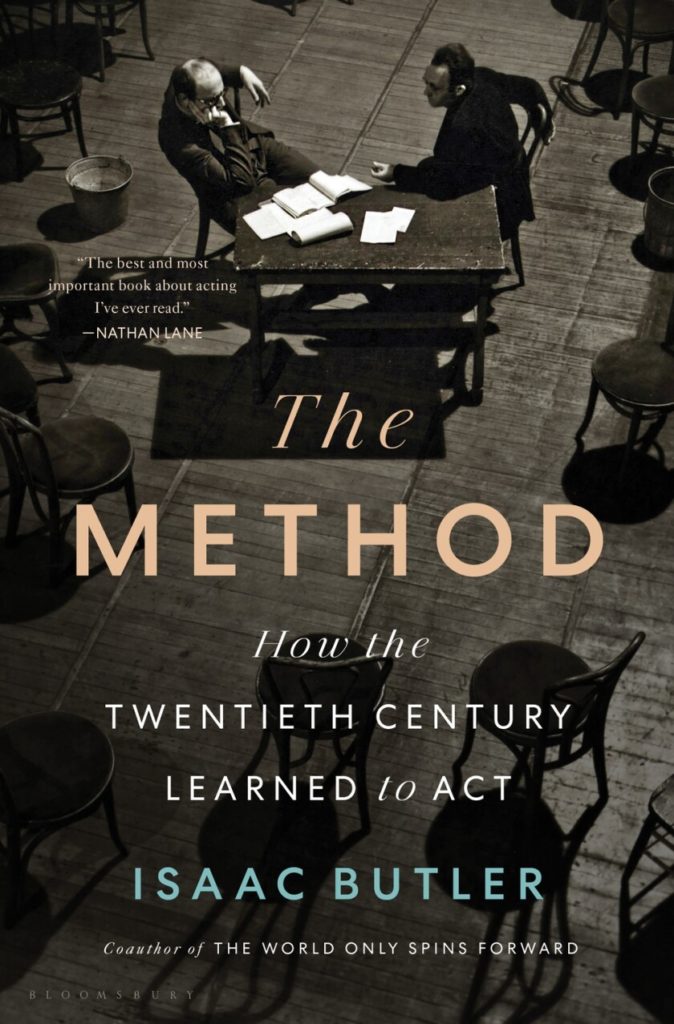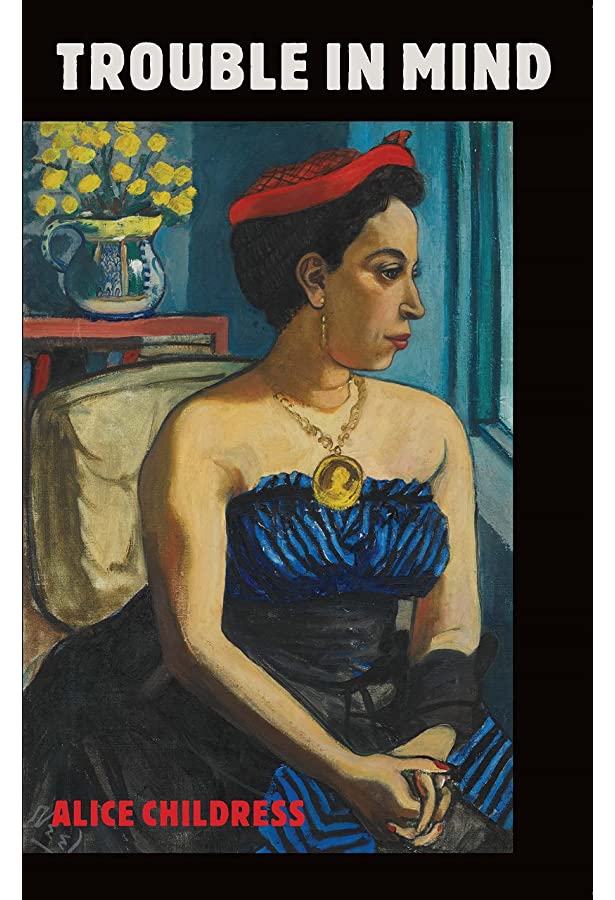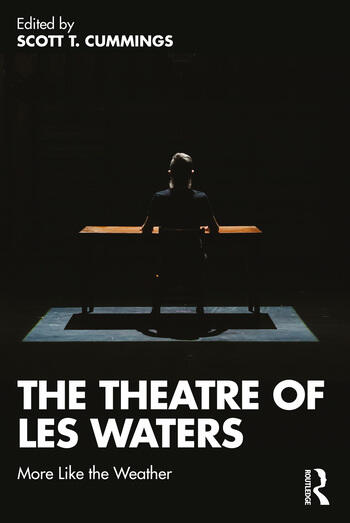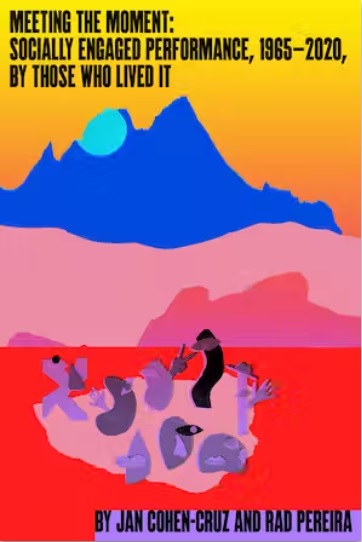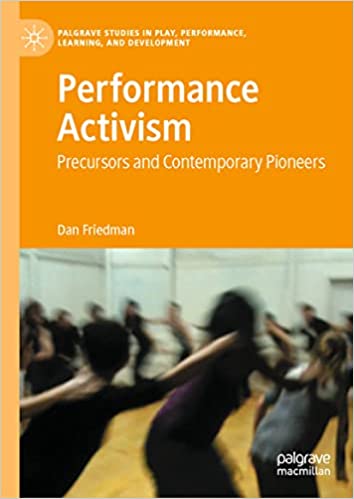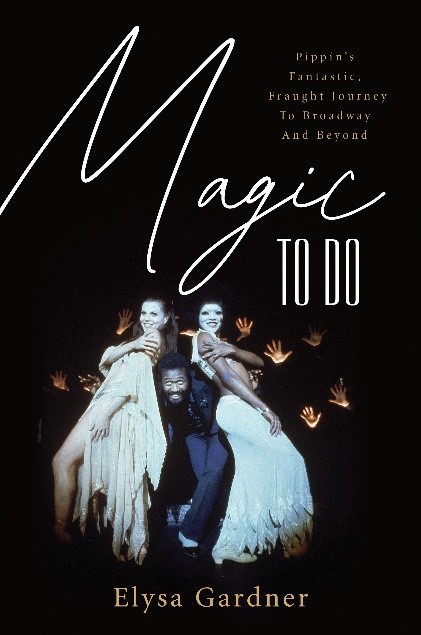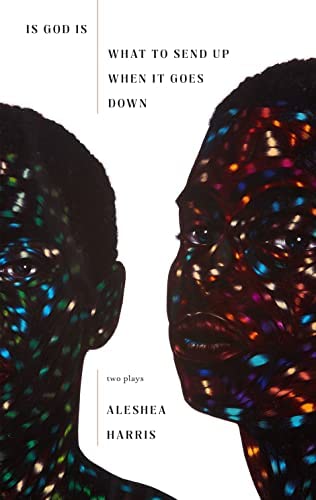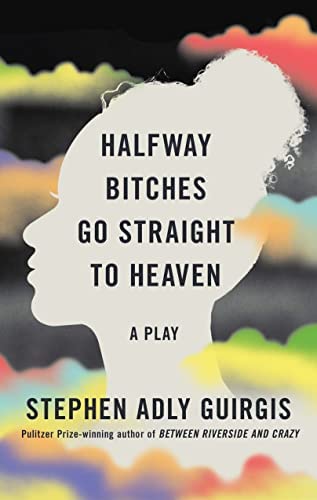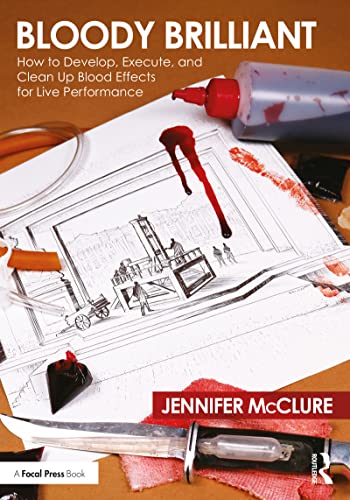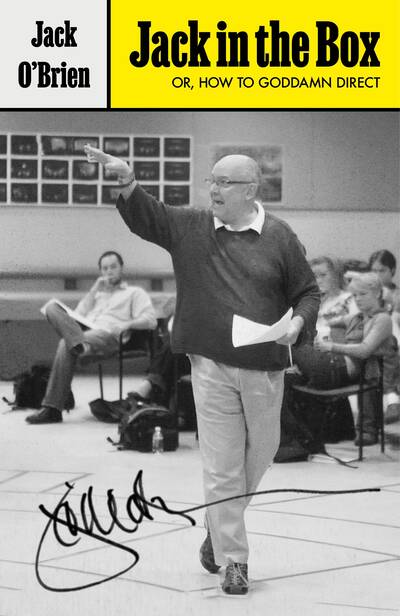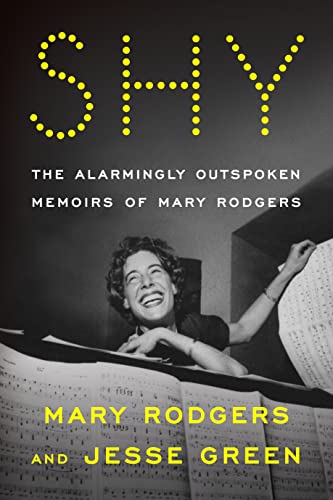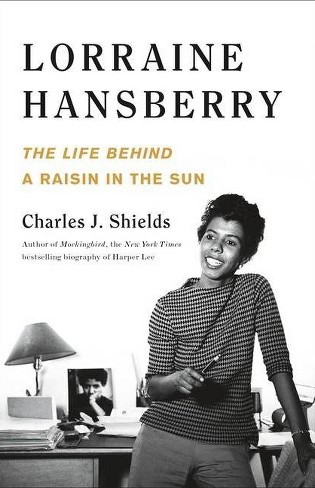Let’s face it: This year has been a tumultuous time for theatre folks. We’ve had highs like returning to in-person performances and celebrating well-deserved successes, matched with lows like agonizing over early production closures and grieving the losses of some of our beloved institutions. It has not been easy to navigate this uncharted path, which seems to lead us to a place somewhere between joy and grief. But among the unambiguous bright spots this year was the emergence of so many interesting new books and plays. And if you happen to be last-minute gift shopper, this look back at the books we covered, excerpted, or published (through our affiliated play publisher, TCG Books) might serve you well.
Transforming Space Over Time: Set Design and Visual Storytelling With Broadway’s Legendary Directors by Beowulf Boritt
Tony-winning set designer Beowulf Boritt tells the stories of six diverse productions, five on Broadway and one Off Broadway, from concept to curtain. In 376 pages, he breaks down the thought process behind the artistry and demystifies the collaboration between designers and directors. This excerpt focuses on a moment of clarity that came up while designing a modern-day Much Ado with Kenny Leon at the Delacorte.
The Method: How the Twentieth Century Learned to Act by Isaac Butler
Critic and theatre director (and AT contributor) Isaac Butler chronicles the cultural history of the Method, which revolutionized the study of acting for generations. Butler provides a candid look at the system’s key players: Stanislavski, Stella Adler, Lee Strasberg, and the Group Theatre, among others, while unpacking the underlying desire for authenticity that drove them all. In a review, critic Wendy Smith calls it “smart and wonderful fun to read.” This excerpt offers a look at the place the Method got its first foothold in the U.S., at Richard Bolevslavsky’s American Laboratory Theatre.
Trouble in Mind by Alice Childress
This groundbreaking classic focuses on the tensions that arise during the rehearsal process of an anti-lynching play preparing for its Broadway debut. Famously, its originally scheduled Broadway opening in 1957 never happened, because Childress objected to the changes in the script that white producers insisted on, but which she felt would “sanitize” the play for mainstream audiences. In this newly released edition from TCG, Childress’s final script is published along with an essay by playwright Branden Jacobs-Jenkins, editor of TCG Illuminations.
The Theatre of Les Waters: More Like the Weather, edited by Scott T. Cummings
This book provides an in-depth portrait of the influential English-turned-American director, in part through his own reflections on the past 25 years of artistry. It includes original writings and lists from Waters, as well as short essays by a wide range of his collaborators. This excerpt features selections by Waters about his approach, in dialogue with with observations from editor Scott T. Cummings.
Meeting the Moment: Socially Engaged Performance, 1965–2020, by Those Who Lived It by Jan Cohen-Cruz and Rad Pereira
This book features curated stories from over 75 interviews with Black, Native American, Asian diasporic, African American, Latine, MENASA, white, LGBTQIA2+, disabled and non-disabled, (im)migrant, Jewish, and Muslim performance artists over the past 55 years. Written as a collective history and guide for creating socially engaged theatre, the book explores the true potential of more diverse and inclusive practices. This excerpt elaborates on the book’s origins and offers insights from the authors’ interview process.
My Own Directions: A Black Man’s Journey in the American Theatre by Sheldon Epps
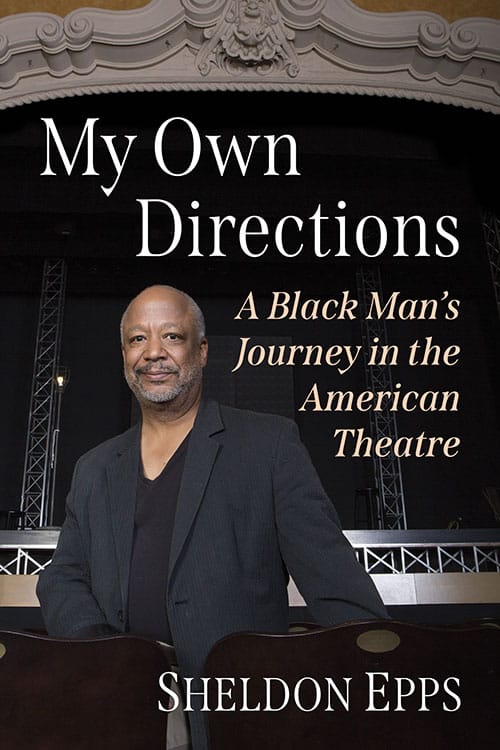
Sheldon Epps served as artistic director of the Pasadena Playhouse for two decades, and in this absorbing memoir of his career before, during, and after that momentous period, he details the path that prepared him to take the reins there, the challenges that no amount of preparation would have helped him to face, and the lessons that others in the theatre field might glean from his tumults and triumphs. In this Q&A, Epps relates how his own experiences apply to today’s theatremakers, and in this excerpt he recalls the fortuitous intersection of his and the Playhouse’s histories.
Performance Activism: Precursors and Contemporary Pioneers by Dan Friedman
In the first book-length study of performance activism, with examples from the works of various theatremakers, Friedman focuses on the mechanics of making progressive theatre for social change, looking at the intersection of performance with education, therapy, conflict resolution, civic engagement, community development, and social justice activism. This excerpt focuses on Sanjay Kumar, a pioneer of performance activism in India.
Magic to Do: Pippin’s Fantastic, Fraught Journey to Broadway and Beyond by Elysa Gardner
This book celebrates the 50th anniversary of Pippin‘s opening with an intimate look at the making of a Broadway phenomenon. As Elysa Gardner notes, any record of Pippin‘s history would be incomplete without addressing all of the creative conflicts and backstage drama that ultimately fueled the rise of an innovative, culture-defining show. This excerpt looks at how the backdrop of the Vietnam War informed Pippin‘s development.
Is God Is / What to Send Up When It Goes Down by Aleshea Harris
This new edition from TCG features two stunning plays in one: Is God Is blends epic tragedy, spaghetti Western, hip-hop, and Afropunk into a modern myth about twin sisters on a quest for revenge. What to Send Up When It Goes Down is a play-pageant-ritual-homegoing celebration that bears witness to the physical and spiritual deaths of Black people as a result of racist violence. From Obie-winning playwright Alesha Harris, these plays are bold and powerful from page to stage.
Halfway Bitches Go Straight to Heaven by Stephen Adly Guirgis
Set in a women’s halfway house in New York City, this play explores the experiences of those who society has neglected. From the Pulitzer-winning playwright of Between Riverside and Crazy and The Motherfucker With the Hat.
Gary: A Sequel to Titus Andronicus by Taylor Mac
It’s the year 400, the Roman Empire has just fallen, the bloodbath is over, and two lowly servants must clean up the mess. This play begins where Shakespeare’s Titus Andronicus ended, with comical results. It’s a farcical reflection well suited to our unprecedented times.
Bloody Brilliant: How to Develop, Execute, and Clean Up Blood Effects for Live Performance by Jennifer McClure
This book explores the methods and techniques involved in creating effective blood special effects. With recommendations for a variety of budgets, tried-and-true fake blood recipes, and tips for quick clean-up, it is a must-have for your next onstage mess. In his review, longtime prop master Jay Duckworth looks back on his efforts to see red and writes that he “would have shed blood for a resource like this book.”
Jack in the Box: Or, How to Goddamn Direct by Jack O’Brien
Tony-winning director Jack O’Brien tells all in this new memoir reflecting on his bustling and passionate career, which critic Michael Bloom calls “a testament to O’Brien’s eclectic career.” With an essay on his sources of inspiration, a discussion of the most invaluable people management skills for directors, and a play-by-play of the playwright-director relationship, O’Brien’s book offers many lessons for budding directors. In this excerpt, O’Brien recounts his fierce face-off with theatre giant George Abbott.
Shy: The Alarmingly Outspoken Memoirs of Mary Rodgers by Mary Rodgers and Jesse Green
This hilarious and harrowing memoir of composer Mary Rodgers provides a portrait of a colorful and extraordinary life beyond the footlights. With tales of romance, dysfunctional family dynamics, and musical madness, it’s a delightfully juicy read. Critic Misha Berson calls Rodgers “a first-rate raconteur,” and describes her as “a lusty, gutsy, complex woman who is admiring of those she loved and very candid about her own flaws.” In this excerpt, Rogers recalls an ill-fated attempt at creating a musical adaptation of The Member of the Wedding with Marshall Barer.
Lorraine Hansberry: The Life Behind A Raisin in the Sun by Charles J. Shields
This book examines the too-brief life of the playwright responsible for one of the most significant works of the 20th century, A Raisin in the Sun. Shields tells Hansberry’s story with care and attention, using previously unpublished interviews with close friends in politics and theatre, along with privately held correspondence to illuminate the life story of a brilliant and formidable artist. This excerpt details Hansberry’s experience working with Lloyd Richards on Raisin.



